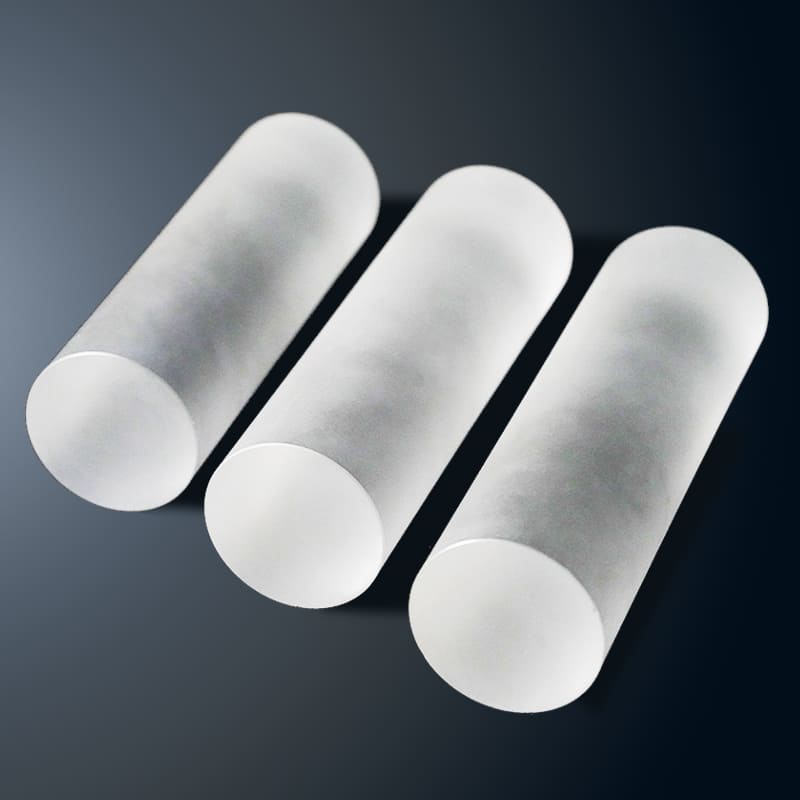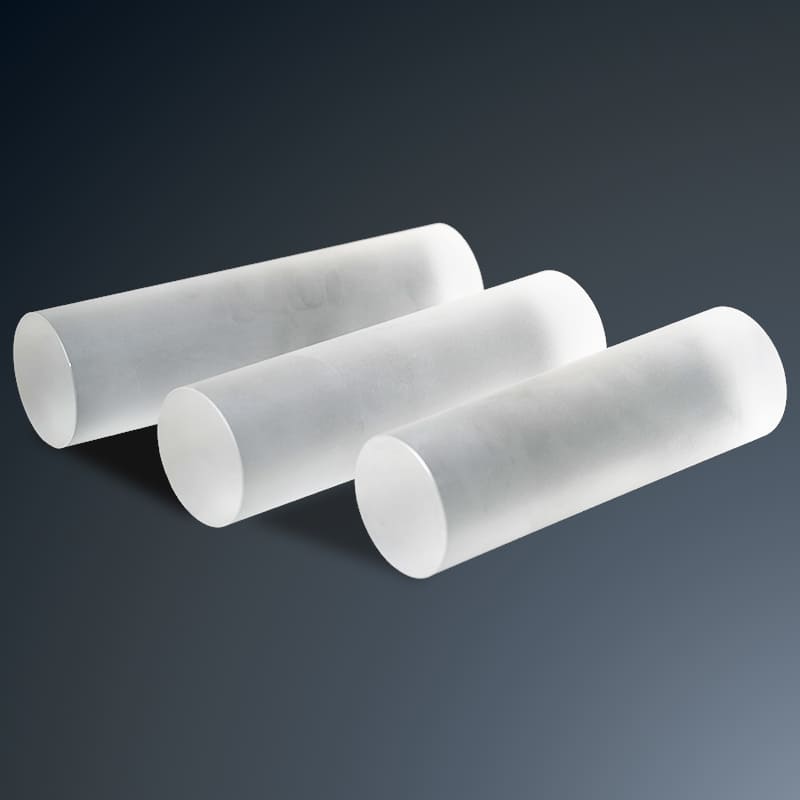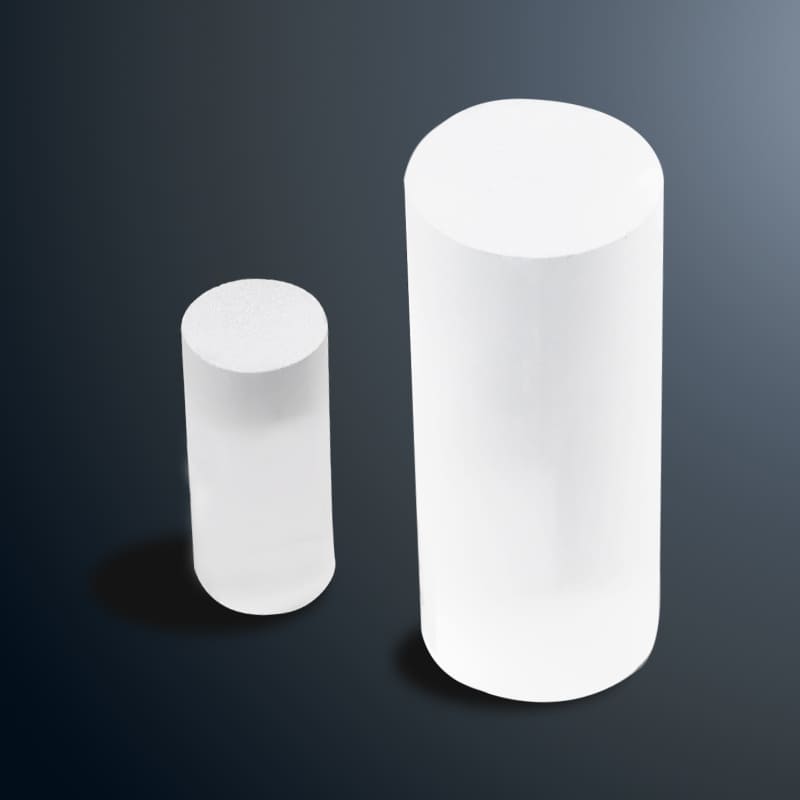The solubility of barium fluoride (also known as solubility) refers to the maximum solubility of barium fluoride in a solvent at a certain temperature. Solubility is an important physical property that determines the concentration and dissolution equilibrium of a substance in a solvent.
The solubility of barium fluoride is influenced by various factors, including temperature, solvent type, and solvent ion strength. At room temperature and pressure, the solubility of barium fluoride in water is relatively low. However, as the temperature increases, the solubility of barium fluoride in water will increase. In addition, the solubility of barium fluoride is also affected by the type of solvent, and different solvents have different effects on the solubility of barium fluoride.
In chemical experiments, the solubility of barium fluoride can be queried through a solubility table or solubility curve. These tables or curves provide solubility data of barium fluoride in different solvents at different temperatures, facilitating our calculations and experimental design.
Understanding the solubility of barium fluoride is of great significance for its applications in various fields. For example, in chemical analysis, barium fluoride can be used to determine the presence of certain ions, such as chloride ions and sulfate ions. By measuring the precipitation produced by the reaction of barium fluoride with these ions, the concentration of ions in the original solution can be calculated.
In addition, the solubility of barium fluoride is closely related to its applications in fields such as optics, ceramics, and electronics. In these fields, the solubility characteristics of barium fluoride affect its processing performance, stability, and application effectiveness.
The above is an answer to the solubility of barium fluoride, hoping to be helpful to you. If you have any questions, please feel free to consult online or leave a message.











